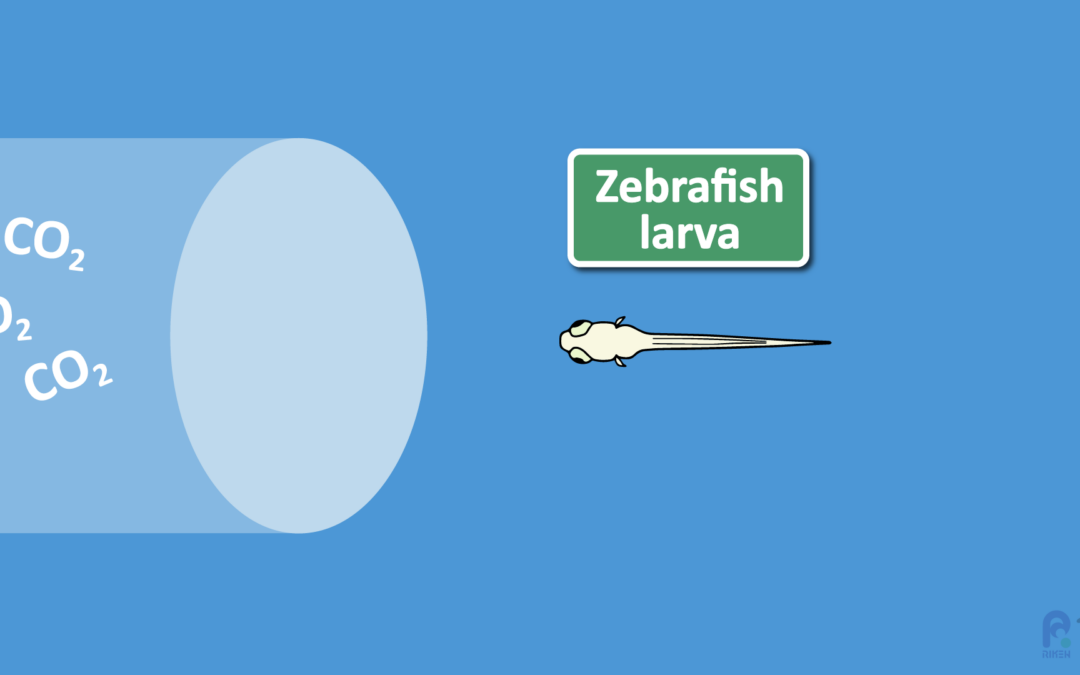
Running away from carbon dioxide: the terminal connection
Even fish want to avoid carbon dioxide. Now we know that they can because of chemosensation and the Terminal Nerve.

Even fish want to avoid carbon dioxide. Now we know that they can because of chemosensation and the Terminal Nerve.
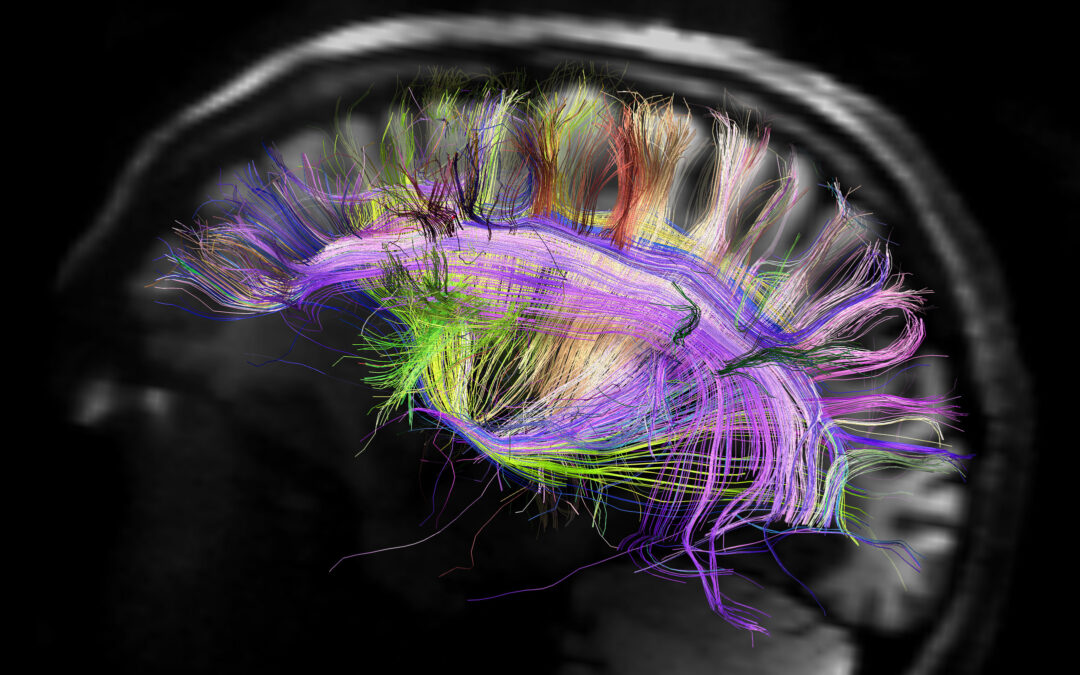
Bar talk about tinkering with bioluminescent molecules from jellyfish, corals, and algae, figuring out how they work, and making them more useful for brain science.

Data from the Himawari-8 geosynchronous satellite was used in weather simulations to improve forecasts of sudden precipitation and tropical storm development.

Scientists show that the moss Funaria hygrometrica can remove harmful lead from water when in the protonema stage of development.
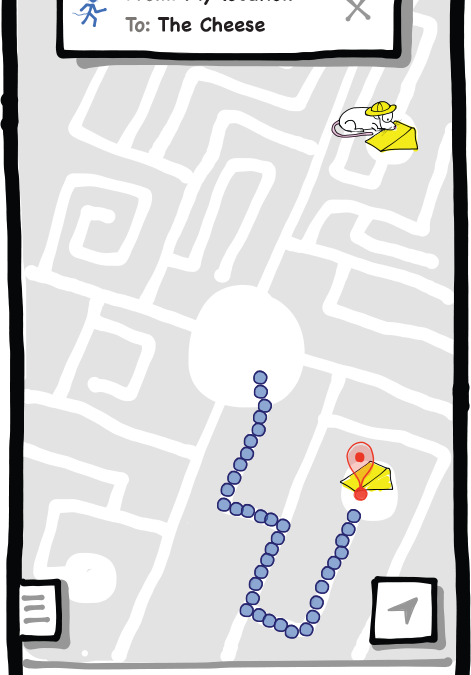
In addition to encoding self location, brain cells in the rat hippocampus act like a GPS that encodes the location of other rats.
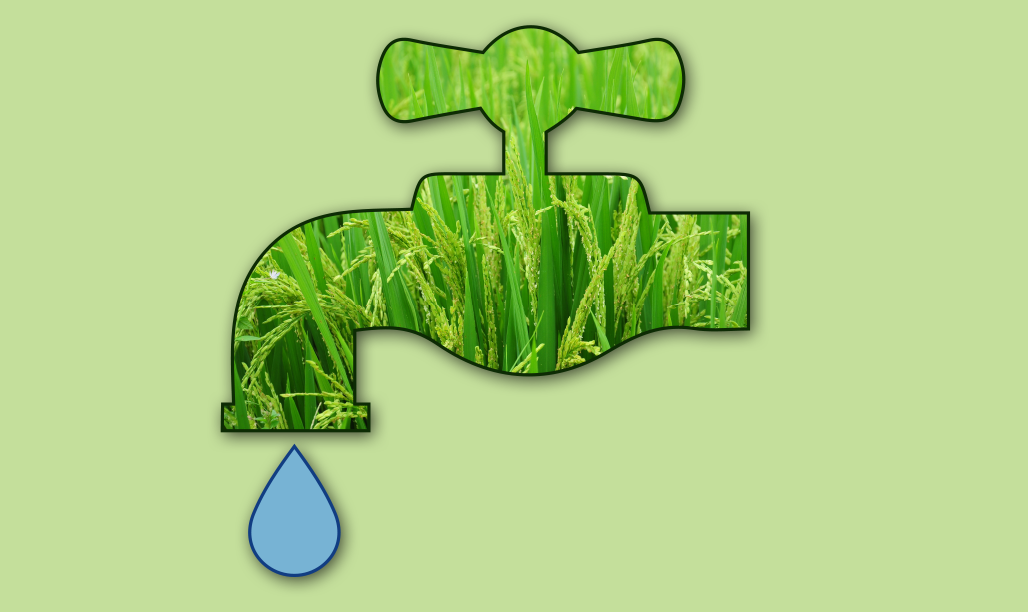
The KAI2 receptor for compounds found in smoke helps plants retain water and survive during drought.
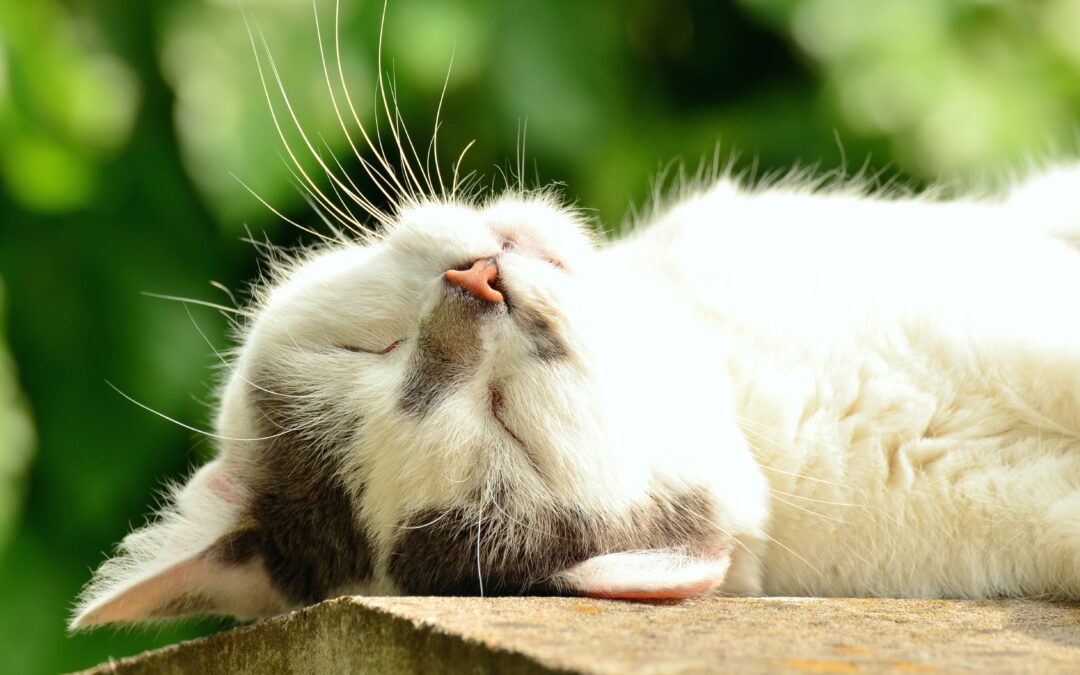
Two parallel temperature-responsive mechanisms ensure that circadian rhythms are not skewed by changes in temperature
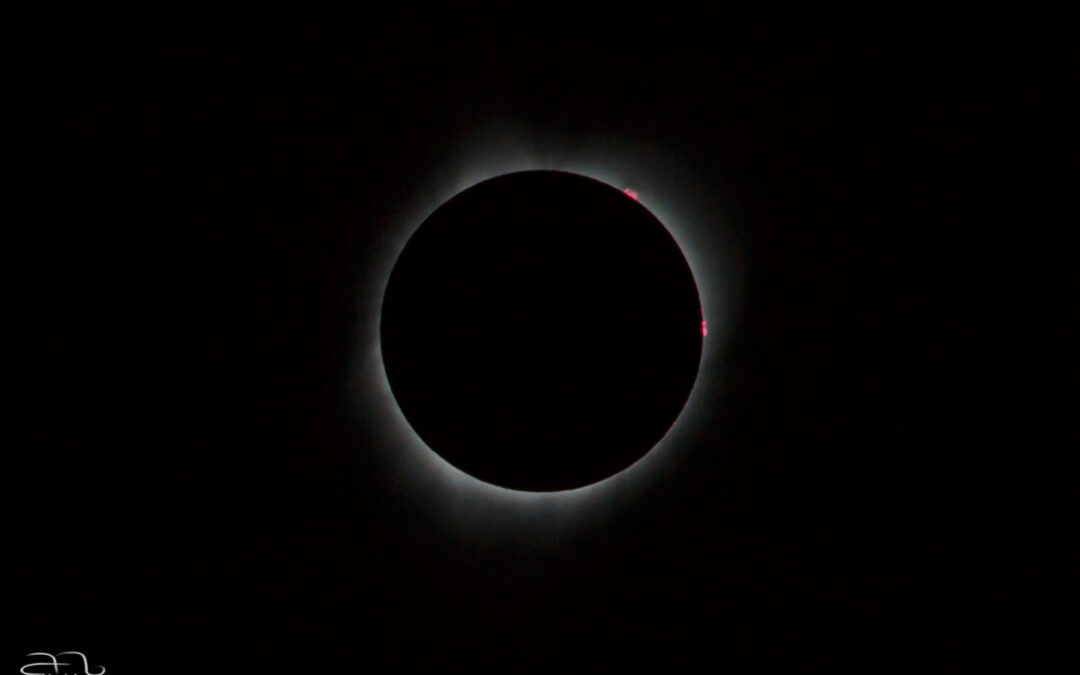
The stars align. That’s what you say, when things work out perfectly. In the case of an eclipse, of course, it’s not stars that align but rather the moon and sun.
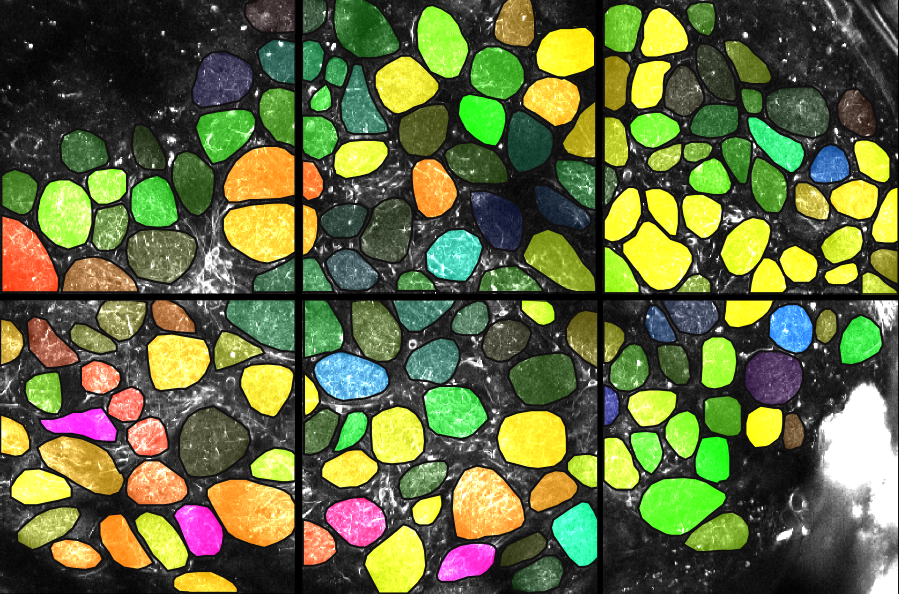
Rhythmic sniffing boosts phase-coded neuronal signals in the mouse olfactory bulb that allow odors to be identified.
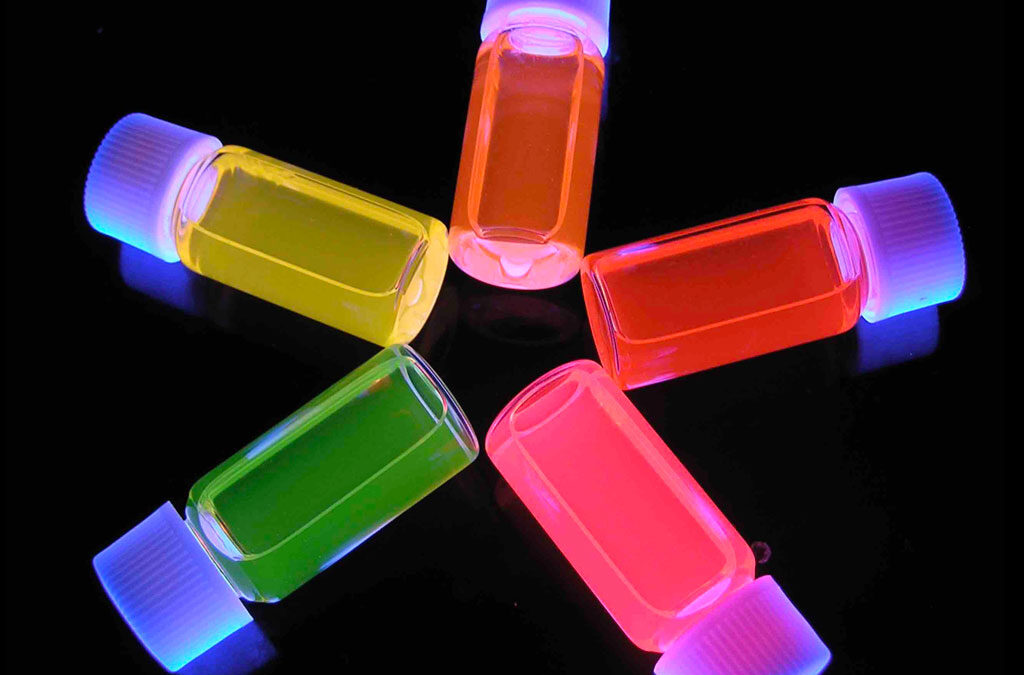
Researchers have found a small connecting protein that can help make quantum dot-based probes for biomedical imaging.